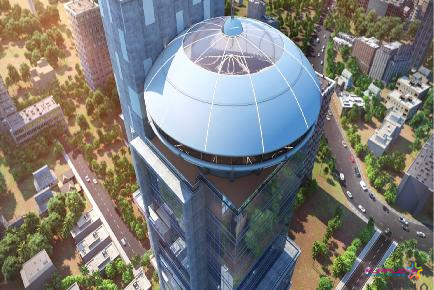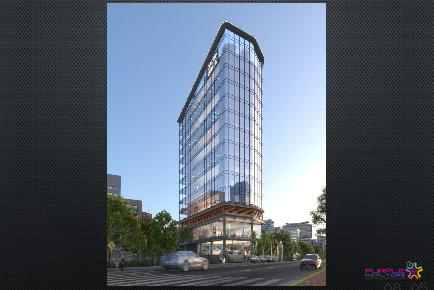
ONE PLACE BANER PUNE COMMERCIAL OFFICE SPACE AND SHOWROOM
Baner,Pune
Buying a home is not limited to just square footage at the best price, but has transitioned towards investing in a safe home as well. Here are five things you should keep in mind.
While buying a home, most of us get overawed by the sample flats and the beautiful trimmed hedges overlooking the club or gym area. But in the world of luxury, you should not forget the basics of shifting to an area that you might earnestly regret, an aspect you didn’t think of before booking your dream home.
1 gated community and their pros and cons:
I Pros: A sense of security and community. Aditya Tembe (30) a father, who recently invested in one such gated community, says that the safety factor was the primary reason behind the decision; he says, "The community is huge; there are cameras all around and it is self sufficient with its own back-up electrical power in case of emergency and there's a general store within the society, so that we will be self-sufficient for at least 48-hours."
II) Cons: They are expensive and are not limited to onetime expense and it often becomes difficult to pay the club charges for the pool, gym, movie theatre, etc. These communities are also located far away from places of business and therefore, difficult to commute to and fro.
2 Low-lying traps
Every city has a particular topography with a number of low-lying areas. These areas generally are waterlogged post heavy rains, which hamper the connectivity. Thus, avoid buying a home in areas that are prone to flooding during monsoon.
The trade off? Many choose to reside in these areas close to the city; the advantage is 24-hour electricity and hardly 20 to 30 minutes of easy commute time.
3 Foundation, foundation, foundation
The foundation of your building should be well secured. Ensure that there is enough space between your building and the neighbouring buildings. A case at Mumbai, in late June this year where the wall compound wall of an upscale residential complex came crashing down, showed that one has to make sure that the area is not prone to illegal construction.
4 Connectivity is the key
Main city
The biggest advantages are that time and energy are saved in travelling to and from the city.
The reduced travel time also means that when the lifelines of the city - the local trains - are not working, it is easier to reach the city.
Suburb
Even if you are planning to buy a home in the suburb, look at factors like alternate modes of transport besides the trains.
5 Community
Several housing societies and areas have leisure centres orientated towards activities that the family can do together. Those involving physical activities for young kids have been a deciding factor in home purchase among young parents, in the past five to six years.
In-transition neighbourhood?
If you choose to shift into a pocket of suburbs that is new, then one must keep in mind that many amenities like a good physician, school and transport system might not be available immediately and might take anywhere between three to four years to fully develop.
Thus, choose wisely keeping all the above factors in mind.

Amar Oasis Baner Pashan Pune 4 BHK
Baner Pashan Link Road, Pune

VTP Earth One 1 Mahalunge Pune Residential Project
Mahalunge, Pune

Yoo Pristine Akurdi PCMC Pune 2 BHK 3 BHK 4 BHK
Pimpri Chinchwad PCMC, Pune

ONE PLACE BANER PUNE COMMERCIAL OFFICE SPACE AND SHOWROOM
Baner,Pune

B5 Tech Park JST Jayka Synergy Tower Baner Pune Commercial Project
Baner,Pune

Bellissima Baner Pune Commercial Project For Lease
Baner,Pune

SBH Solitaire Business Hub 3 Baner Pune Office Space Commercial Project Spaces For Sale and Lease
Baner,Pune

KBT Kohinoor Buisness Tower Mundhwa Pune Commercial Project
Mundhwa,Pune

Infinity IT Park by Raheja Aditya Shagun Baner Pune Commercial Office Space for Lease
Baner,Pune

NAIKNAVARE SEVEN 7 BUSINESS SQUARE SHIVAJINAGAR PUNE SHOWROOM OFFICE SPACE
Shivajinagar,Pune

Vertica Balewadi Pune Commercial Project
Balewadi,Pune

Amar Builder ASTP Amar Sadanand Tech Park Baner Offices Showroom
Baner,Pune

OMICRON COMMERZ BANER PUNE COMMERCIAL PROJECT
Baner,Pune